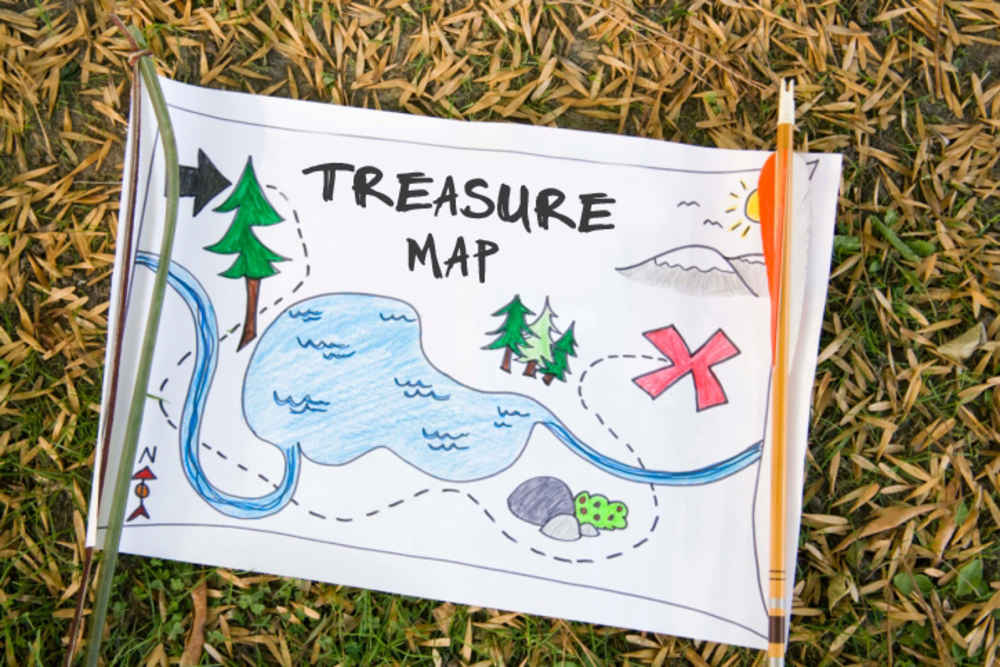Working in a service industry like ours requires a clear sense of purpose. If you are not all working as a team toward some ultimate goal, meshing like gears in a well-greased machine every day, your business will tear itself apart from within.
This is where the agency Mission Statement comes in.
Before the Founding Fathers chose a flag design, or discussed who should serve as the first president, they wrote one of the best mission statements ever composed—the U.S. Constitution. This document has guided American endeavors and decisions ever since. If we stray from that original mission, the judicial branch of our government pulls us back into line and refocuses us on our mission.
Give careful thought to what your daily, primary focus should be. First, what are you trying to achieve? What is your business and who are your customers? What are you trying to do every day to the utmost of your abilities? Here is an example of a mission statement:
We will build client success with great creative thinking and exceptional service… and have a blast doing it.
Remember, this is your mission. The mission statement is the performance target all employees should keep in view as they go about their business each day. It is also the pathfinder, your signpost for decision-making. When you have a tough decision before you, ask if any of your options are inconsistent with your mission. This should help you steer the correct course.
Many people confuse the mission statement with the Vision Statement—a synopsis of the beliefs that will carry you into a strong and vital future. The vision statement is a guide for moving your agency forward.
You draft a vision statement by assessing your Core Values. Core values are those facets of your corporate character that will aid in attaining your vision. Following are some examples of core values:
- Maintaining a high level of integrity in all business dealings;
- Attaining superior levels of customer satisfaction;
- Demonstrating a strong commitment to community service.
Within the vision statement, you should identify three or four Strategic Objectives designed to help you fulfill your vision for the short-term. Here are examples of vision objectives:
We will reduce errors by 20 percent. Or,
We will improve turnaround time by 15 percent.
These concrete, short-term objectives give your employees real goals to work toward, not abstract ideals to worship. And strategic objectives can be rewritten or refocused as you reach or surpass each goal.
By collectively drafting, and getting your employees’ commitment to your mission and vision, you create a team with one coherent, attainable goal. Meet with your staff off-campus—schedule a daylong gathering with lunch at a local hotel, or take a weekend retreat and combine your group drafting of a vision statement, core values and objectives with team-building activities. Cultural alignment and consensus are critical. Otherwise, your mission and vision statements are just a few more worthless office memos handed down from management, to be filed and forgotten. Match your mission and vision to your existing culture, agree from the start where you want to go and how you plan to get there, and you will travel faster, more smoothly and as a team.
Create and distribute small posters to all agency departments. Your mission and vision statements are not esoteric concepts to daydream about now and then. They are the rules you live by in your daily agency lives. Enlist everyone in the agency to support “the cause.” Your vision cannot be achieved without wholehearted support from your people.
How does having a firmly established mission and vision influence new hires? Put yourself in the potential employee's shoes. If you had a choice between an agency where everyone seems to be winging it, flying in different directions, in constant internal conflict, and an agency where everyone is focused on one forward-moving, all-for-one and one-for-all effort, where would you choose to work? A strong sense of who you are, what you do, and where you are going will win new employees and new customers alike. People like to associate with those who have their act together.
Use the mission statement worksheet and vision statement worksheet to draft your own statements of purpose. Don’t delay; these are vital pieces of the hiring puzzle, and of growing your agency.

